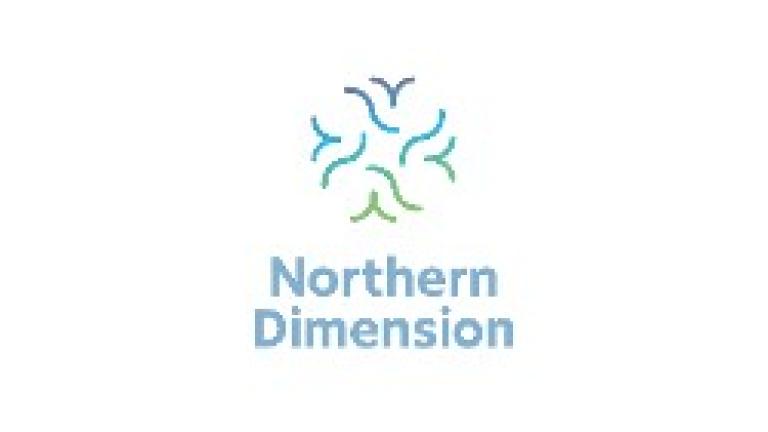
The aim of the first consultation of the Advisory Group “Emerging trade routes between Europe and Asia” scenario-building project is to collect critical comments and suggestions of the Advisory Group Members to the envisaged methodology of the project. Several candidate global scenario frameworks pre-selected by the project team are discussed. An attempt is made to prioritize one framework to serve as an overarching framework within which regional scenarios focusing on shipping in the Arctic are positioned.
 © Adonis1969 | Dreamstime.com
© Adonis1969 | Dreamstime.com
The Advisory Group consists of:
- Paul Arthur Berkman, Director, Science Diplomacy Center, The Fletcher School, Tufts University, USA
- Oddgeir Danielsen, Director, Secretariat of the Northern Dimension Partnership on Transport and Logistics, Finland
- Alexey Gvishiani, Chairman, Scientific Council for the Study of the Arctic and Antarctic, Russian Academy of Sciences, Russia
- Jari Jumpponen, Advisor, Northern Dimension Business Council, Russia/Finland
- Hanna C. Norberg, Founder & Principal, Trade Economista, Sweden
Emerging trade routes between Europe and Asia
“Emerging trade routes between Europe and Asia” scenario building project is led by IIASA as a part of the Northern Dimension Institute (NDI) Think Tank Action. The NDI Think Tank Action coordinated by Aalto University, Finland is designed to enhance genuine regional cooperation in the Northern Dimension area through science diplomacy, capacity building and people-to-people contacts.
The “Emerging trade routes between Europe and Asia” project aims to bring into a dialogue representatives of academia, policy community, business, and civil society in order to look into plausible long-term futures of shipping in the Arctic. Methodologically, it resorts to a foresight approach of downscaling global scenarios to the regional context.
Over the last several decades, foresight has become a widely used strategic planning tool that takes its advantage from broad participation and the contribution of stakeholders with diverse views and in-depth knowledge of various aspects of a complex process or issue. The ultimate objective of a foresight exercise is to co-create several, often radically different, alternative scenarios each describing a plausible future. The deliberation process leading to the formulation of the scenario set allows the participants to learn from each other and see the issue in question from a different perspective, which is why foresight can be seen as a science diplomacy tool.
The aim of this project is to co-create several plausible scenarios of how commercial shipping can develop in the Arctic in the next 50-70 years given the uncertainty in the global demands, other major transportation routes, climate change and technological development. A suitable global scenario framework that will delineate boundary conditions for the Arctic scenarios will be a starting point. Using the existing literature and voluntarily contributions of research partners as input, three workshops will be run to substantiate three key scenario dimensions: environment, technology, and trade.
Notably, in this exercise, qualitative scenario development will be enriched by the results from quantitative models.


 © IIASA
© IIASA
Upcoming Events
Austrian Academy of Sciences, Dr. Ignaz-Seipel-Platz 2, 1010 Vienna
IIASA-OeAW lecture: research and prevention of forest fires
Vienna, Austria and online

